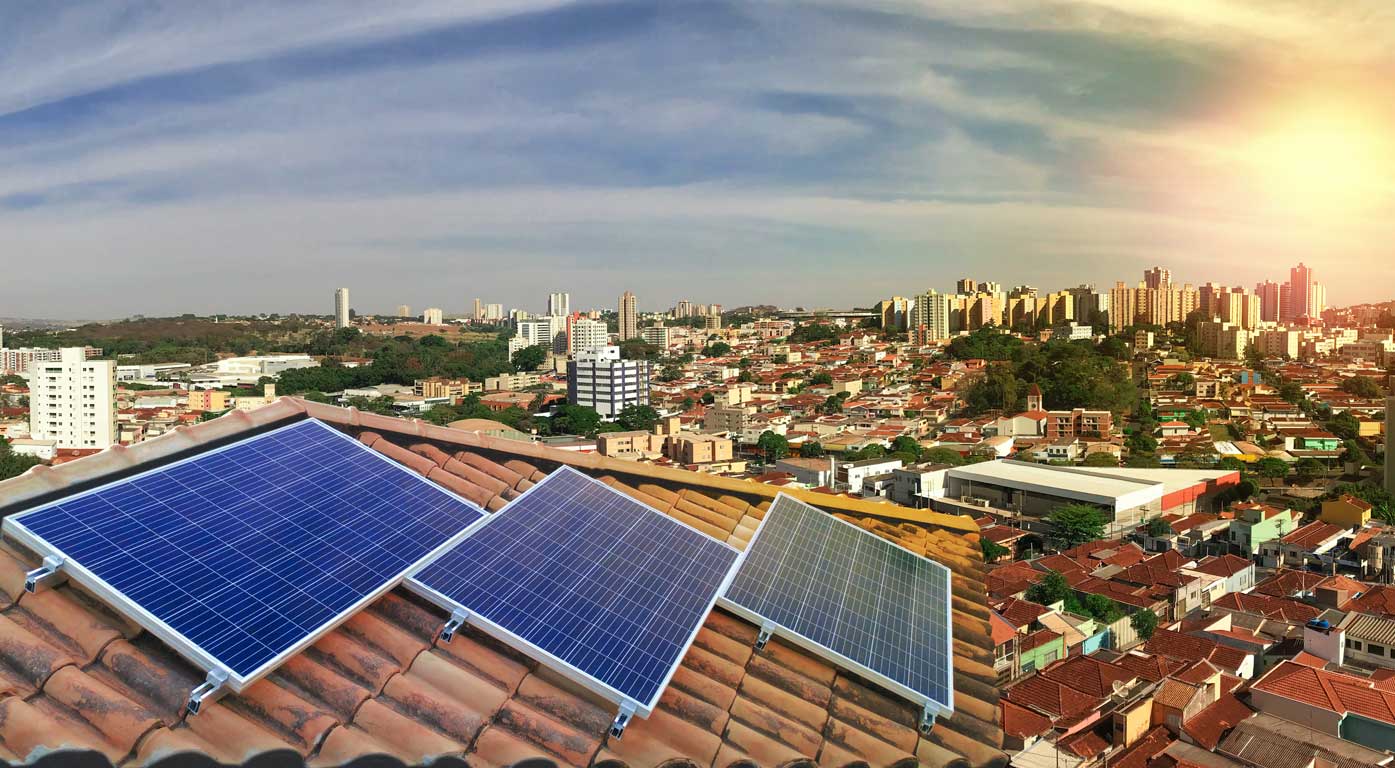Summary
The Demonstration of Three Dynamic Grid-Side Technologies project aims to roll out three novel technologies and intelligent control systems to understand and demonstrate their ability to increase the uptake of distributed energy resources (DER) at the neighbourhood level, safely and cost-effectively.
These technologies improve the ability of network operators to monitor the low-voltage network, while the intelligent systems proactively manage grid power and voltage to increase DER penetration.
Key results
This project successfully assessed the viability of three technologies to increase the DER hosting capacity of two sites within Jemena and AusNet Services’ low-voltage distribution networks in Victoria.
The project confirmed that:
- dynamic and active management of electricity distribution networks can unlock additional capacity to host DERs.
- PSDs could enable 59% more DER hosting capacity at the AusNet Services network site, further increased to 88% with the adoption of PCD technology. By contrast, the future DER hosting capacity could only be increased by 29% without any introduced grid-side technologies.
- PSDs could enable 8% more DER hosting capacity at the Jemena network site, with the potential for a 36% increase with combined PCD and BESS controls. DER hosting capacity could be further increased from to 64% if the terminal voltage of the distribution transformer was optimised.
Learn more
How the project works
The Demonstration of Three Dynamic Grid-Side Technologies project will demonstrate three technologies:
- Dynamic phase switching of customer loads on low voltage feeders to help mitigate the localised over-voltage challenge
- Dynamic power compensation to adjust the output voltage and mitigate the load unbalance challenge at the source distribution transformer, and
- Battery energy storage with Virtual Synchronous Generator (VSG) capability to mitigate power quality and network stability challenges caused by high DER penetration.
Two demonstration sites have been selected with high rooftop solar PV penetration – one in each of Jemena and AusNet Services’ electricity distribution networks.
Area of innovation
Traditional low-voltage distribution networks are not designed for the two-way flow of electricity created by DER, resulting in reliability, power quality and safety challenges. With existing technologies, once a certain level of DER penetration is reached, new connections must be restricted.
This project will demonstrate how power electronics technologies, Internet-of-Things (IoT) communication and autonomous software programs can dynamically alter network characteristics to allow more DER to export energy into the network. This will relieve local network constraints that hinder the provision of new DER services.
Benefit
The project aims to increase the DER hosting capacity of electricity networks safely and cost effectively by:
- Installing the technologies in two demonstration sites (that each have different network characteristics and challenges)
- Performing an assessment of the technical performance of these technologies and improving network power quality for the demonstration sites, and
- Using the results of the technical performance to estimate the potential costs and benefits of deploying these technologies more broadly throughout distribution networks.








